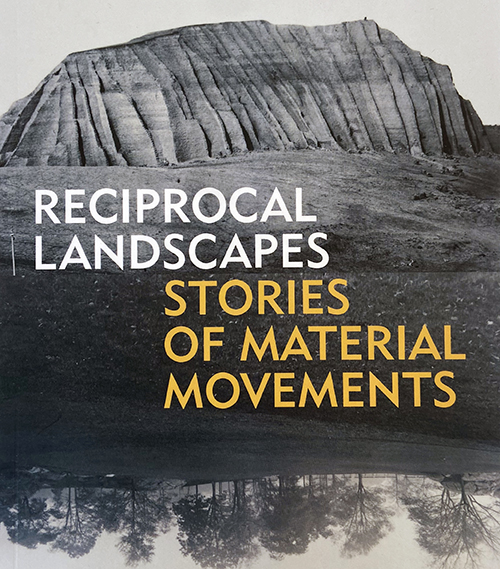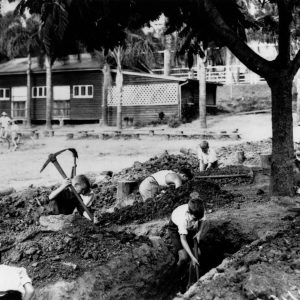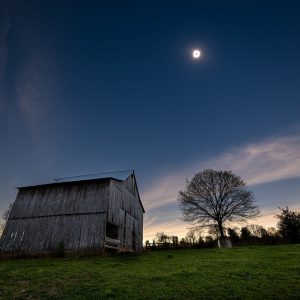
The Power of Place: How Southern Landscapes Shape Our Stories
The South. A region steeped in history, myth, and a landscape as varied and complex as its people. From the moss-draped oaks of the Lowcountry to the rolling hills of Appalachia, the Southern landscape isn’t just a backdrop; it’s a character, a driving force, a shaper of identity, and a wellspring of storytelling. This isn’t just about picturesque scenery; it’s about how the physical environment profoundly impacts the narratives we create, both individually and collectively.
The Land as Character: More Than Just Setting
Gone are the days where the South was solely portrayed through a rose-tinted lens of antebellum grandeur or a grim depiction of racial injustice. Contemporary Southern literature and art are embracing a more nuanced perspective, recognizing the land itself as a vital character. Consider the oppressive humidity of a Louisiana bayou mirroring the suffocating weight of secrets in a mystery novel, or the stark beauty of a Georgia cotton field reflecting the harsh realities of labor and resilience. The landscape becomes a mirror, reflecting and amplifying the internal struggles and triumphs of its inhabitants.
The very soil beneath our feet holds echoes of the past. Ancient burial mounds whisper stories of indigenous civilizations, while abandoned plantations stand as silent witnesses to a complicated legacy. These physical remnants shape our understanding of history, challenging us to confront the past and grapple with its lingering effects. Even seemingly innocuous elements like the ubiquitous Spanish moss, hanging like spectral curtains from ancient trees, contribute to the region’s unique atmosphere, stirring feelings of mystery and melancholy.
A Tapestry of Ecosystems: Diverse Landscapes, Diverse Narratives
The South’s diverse ecosystems are equally diverse in their storytelling potential.
| Ecosystem | Narrative Themes | Example |
|---|---|---|
| Coastal Marshes | Mystery, Decay, Rebirth, Environmental fragility | A gothic novel set in the Louisiana swamps |
| Appalachian Mountains | Isolation, Resilience, Rugged Individualism | A story of a mountain woman’s survival |
| Piedmont Plateau | Transition, Change, Agricultural heritage | A family saga spanning generations of farmers |
| Deep South Plantations | Legacy, History, Race, Inequality | A historical novel exploring slavery’s impact |
These are just a few examples; each ecosystem offers a unique palette of imagery, symbolism, and thematic possibilities. The relentless sun baking the Georgia red clay, the whispering pines of the Carolina coast, the misty mountains of Appalachia – each presents a distinct narrative voice.
The Psychological Impact: A Sense of Place and Belonging
The Southern landscape isn’t just a visual experience; it profoundly shapes our sense of place and belonging. For many Southerners, the land is inextricably linked to their identity. The scent of honeysuckle on a summer evening, the taste of sweet tea on a hot afternoon, the sound of crickets chirping at dusk – these sensory experiences become deeply ingrained in our memories, shaping our emotional connection to the region. This connection can be a source of both comfort and conflict, fostering a strong sense of community but also sometimes hindering progress and change.
This emotional connection also fuels the creative process. Southern writers and artists often draw inspiration from their personal experiences with the landscape, imbuing their work with a deep sense of authenticity and emotional resonance. This authenticity transcends mere regionalism; it speaks to universal human experiences of connection, loss, and belonging, making Southern stories relatable to audiences worldwide.
The Future of Southern Storytelling: Embracing Complexity
The narrative of the South is constantly evolving, reflecting the region’s ongoing transformation. Contemporary Southern storytelling is increasingly focused on exploring the complexities of the past and present, challenging stereotypes, and embracing diversity in all its forms. From the perspectives of marginalized communities to the stories of environmental change, the narratives are becoming richer, more nuanced, and more reflective of the region’s vibrant reality.
The power of place in the South remains undeniable. It’s a power that continues to shape our stories, our identities, and our understanding of the human experience. As long as the land endures, so too will the enduring power of its narratives.

Additional Information
Beyond the Surface: A Deeper Dive into “The Power of Place: How Southern Landscapes Shape Our Stories”
While “The Power of Place” likely explores the influence of Southern landscapes on storytelling, a deeper analytical dive reveals several key areas deserving further exploration. The book’s core argument – that the physical environment significantly shapes narrative, identity, and cultural production in the South – can be enriched by considering several interconnected facets:
1. The Specificities of “Southern Landscapes”: The term “Southern landscapes” itself needs nuanced unpacking. It’s not a monolithic entity. The diverse geographies – from the Appalachian Mountains to the Mississippi Delta, the coastal plains to the Piedmont – each exert unique influences. Analyzing specific examples is crucial. For instance, how does the flat, fertile land of the Mississippi Delta, with its history of cotton plantations and forced migration, shape narratives compared to the mountainous terrain of Appalachia, with its history of independent farming and isolation? A comparative analysis focusing on the impact of distinct geological formations, agricultural practices, and settlement patterns on storytelling traditions is needed.
2. Beyond the Romantic and the Gothic: Southern literature often relies on familiar tropes – the romantic idealization of nature, the gothic exploration of the dark side of the past, the picturesque plantation landscape. However, a robust analysis needs to move beyond these established archetypes. How do contemporary Southern writers subvert or challenge these conventional representations? How do they incorporate the realities of industrialization, urbanization, and social change into their depictions of the landscape? Examining the work of contemporary authors focusing on marginalized communities and their interactions with the landscape would add critical depth. For example, analyzing how the experience of African Americans, particularly in relation to the legacies of slavery and segregation, shapes their perspectives and narratives would offer a counterpoint to more dominant narratives.
3. The Interplay of Landscape and Memory: The power of place is often deeply intertwined with collective and individual memory. The landscape acts as a repository of historical trauma, cultural practices, and personal experiences. This connection warrants detailed examination. For instance, the ongoing debate surrounding Confederate monuments and their placement within specific landscapes highlights the contested nature of memory and its inscription on the land. Analyzing how writers grapple with these contested memories within their narratives offers valuable insights. Case studies focusing on specific historical events and their lingering impact on the Southern landscape and its representation in literature would strengthen the analysis.
4. The Political Economy of Place: The Southern landscape isn’t merely a passive backdrop; it’s actively shaped by economic forces and political decisions. The legacies of slavery, sharecropping, and industrial development continue to impact the region’s social and environmental fabric. “The Power of Place” should consider how these power dynamics are reflected in the stories told about the South. Examining the literature focusing on environmental justice issues, particularly the disproportionate impact of pollution and environmental degradation on marginalized communities, would reveal a crucial dimension often overlooked.
5. The Role of Oral Traditions: While written literature is central to the analysis, the oral traditions – songs, folktales, and personal narratives – are equally significant in shaping the relationship between people and place in the South. Integrating these oral histories into the analysis would provide a richer understanding of how the landscape is perceived, remembered, and transmitted across generations. This might involve exploring fieldwork conducted on specific oral traditions and their relation to particular landscapes.
In conclusion, a thorough examination of “The Power of Place” requires going beyond a simple overview of Southern landscapes and their influence on storytelling. It necessitates a multi-faceted analysis that considers the diversity of Southern geographies, challenges established literary tropes, explores the interplay of landscape and memory, acknowledges the political economy of place, and incorporates the richness of oral traditions. Only then can we fully appreciate the complex and multifaceted ways in which Southern landscapes shape our stories.






